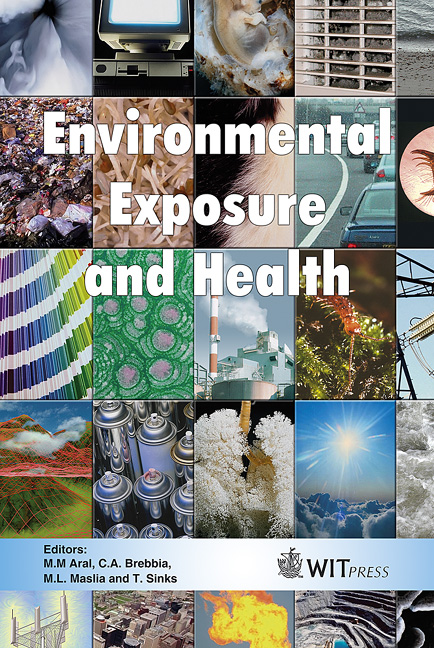Reconstruction And Forecasting Of Human Internal Dose For Cases Of Accidental Pollution With Long-living Radionuclides
Price
Free (open access)
Transaction
Volume
85
Pages
7
Published
2005
Size
310 kb
Paper DOI
10.2495/EEH050151
Copyright
WIT Press
Author(s)
A. P. Kravets
Abstract
A three–module ecological model for assessment of radiological consequences (EMARC) of accidental fallout was developed to estimate the internal dose. The model was adapted for ecological and economic conditions of Ukraine after the Chernobyl accident. The model takes into account the main natural mechanisms of changes in level of agricultural production pollution such as transformation of bioavailability of the radionuclide and the long-term forecasting of dynamics of soil-plant transfer factor, features of migration of 137Cs and 90Sr in the system \“soil–plant” and natural clean-up of soil, inclusion and migration of radionuclides in the food chains and its entrance into human organisms. Estimations were conducted for agrocenoses of Northern Ukraine with six soil types. EMARC allows the influence of intensity on soil-plant transfer of radionuclide to be estimated for any type of environmental characteristics, pollution of food chains and internal dose formation. This model may be used for retrospective assessment as well as for prognosis. Keywords: environmental pollution, exposure, risk assessment. 1 Introduction The estimation of radiation accident consequences includes at least two stages: identical estimations of dose for different population groups and the estimation of risk coefficient (Gy-1) values for areas of different dose. Therefore one of the main problems of the current post accidental period of the Chernobyl accident is improving the accuracy of dose estimations, closing the gap between calculation data and direct estimations. Taking into account
Keywords
environmental pollution, exposure, risk assessment.




